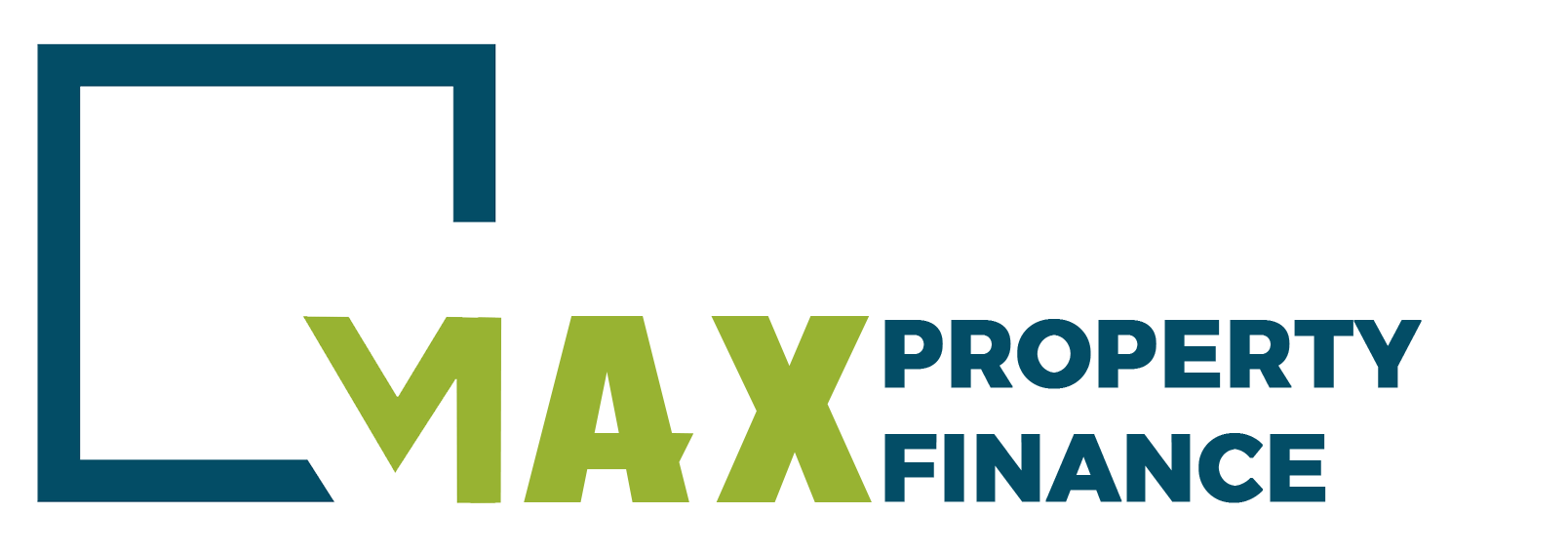- 04/10/2023
- Posted by: pr_finance
- Category: Investment

Being a landlord, your priority encompasses the successful management and constant value increase of your property portfolio. One approach is property refurbishment, which, whether light or heavy, generatively enhances rental value. But what are refurbishment loans and their features? What are long-term benefits of refurbishing your properties, and what’s the contrast between light and heavy refurbishment? Let’s examine.
Understanding Property Refurbishments
As a landlord, you inevitably seek to harness the highest potential return from your rental properties. This is where the concept of property refurbishment enters the frame. Carrying out either light or heavy refurbishments on your property can increase its rental value and, therefore, the rental income you receive.
What Are Refurbishment Loans?
Refurbishment loans are financial tools specifically designed to fund property refurbishments. These loans cater to both light and heavy refurbishments, enabling landlords to maximise the value of their properties. These fast, customised financial solutions provide short-term capital fast, to ensure speed doesn’t hinder the refurbishment project.
The Loan Amount
The loan amount typically hinges on the market value of the property designated for refurbishment. You could secure a loan up to a maximum of 65% loan to gross development value (LTGDV), provided you satisfy the requisite eligibility criteria.
Flexibility of Loan Terms
Refurbishment loans offer flexible repayment terms. You can choose to pay back your loan over a period that syncs with your business model, from 3 months to 24 months, aligning repayments with your expected return.
Funding Property Refurbishments: Long Term Benefits
Refurbishing your properties holds compelling benefits, from increased rental value to portfolio expansion.
Increased Property Value
Renovations can transform your rental properties, increasing their market value and rental income. Whether it’s giving your property fresh coats of paint, upgrading kitchen appliances, or making structural changes, all types of refurbishments can yield substantial gains.
Portfolio Expansion
Successfully increasing the rental value and consequently, the rental income of your properties could generate the necessary income to further expand your portfolio. Greater rental income equates to higher return on investment, which can then be reinvested into acquiring more properties.
Light vs. Heavy Property Refurbishment
There’s often confusion when it comes to distinguishing between light and heavy property refurbishments. The kind of refurbishment you carry out on your property can depend on your financial capabilities, the property’s technical specifications, and your expectations for rental income.
Light Property Refurbishment
Light refurbishments typically include aesthetic enhancements that do not drastically alter the property structure or require planning permissions. Upgrading the kitchen or bathroom, replacing carpets, adding double-glazed windows, and performing minor redecoration works are examples of light refurbishment. These enhancements revamp the property’s look and feel and can raise its rental value without needing large capital outlays.
Heavy Property Refurbishment
Heavy property refurbishments, on the other hand, involve significant structural alterations that usually require planning permissions. Building a conservatory, creating new rooms via extensions, carrying out loft conversions, or drastically altering the property layout are all heavy refurbishments. While these renovations require sizeable investments, they can significantly boost the property’s market and rental value.
Factors to Consider when Refurbishing
While refurbishing a property has its perks, it is crucial to take several factors into consideration before embarking on this journey.
Cost vs. Benefit
Ensure that you conduct a thorough cost-benefit analysis. Calculate the total costs involved in the refurbishment and weigh it against the potential increase in rental income.
Tenant Preferences
Understand your target rental market and their preferences. Invest in refurbishments that tenants appreciate and value, this will help secure a higher rent and minimise void periods.
Planning Permissions
For heavy refurbishments, make sure you are aware of the council’s planning regulations. Applying for planning permissions can take time and delay your renovation project.
Where to Find Property Refurbishment Finance?
If you’re a landlord requiring a development loan to fund property refurbishments, expert assistance is a must. At Max Property Finance, we provide viable development finance solutions that cater to your specific needs.
Understanding Your Requirements
We take pride in comprehending your specific refurbishment plans, offering financial solutions that precisely fit your requirements, and optimise the return on your investment.
Holistic Solutions
We don’t just specialise in sourcing the best refurbishment loan options, but partner you throughout the loan process – from understanding the lending criteria to fulfilling eligibility.
Tailored Loan Products
Whether you wish to undertake light or heavy refurbishments, we provide tailored loan products that suit your desired payback period and align with your projected returns.
Conclusion
Property refurbishment is a strategic move that demands careful thought and smart finance. With the right approach, it can significantly enhance property value, while boosting your rental income. By utilising professional help from finance experts like Max Property Finance, you can access optimal short-term funding solutions for your refurbishment plans, setting a wise course toward successful portfolio growth.
